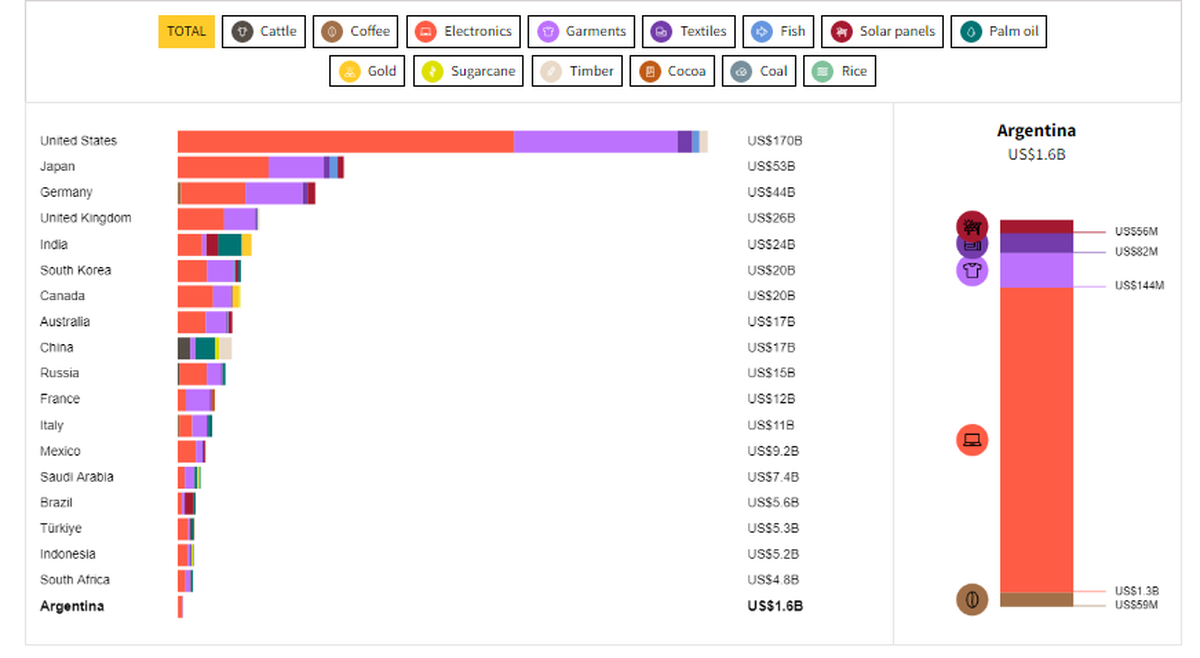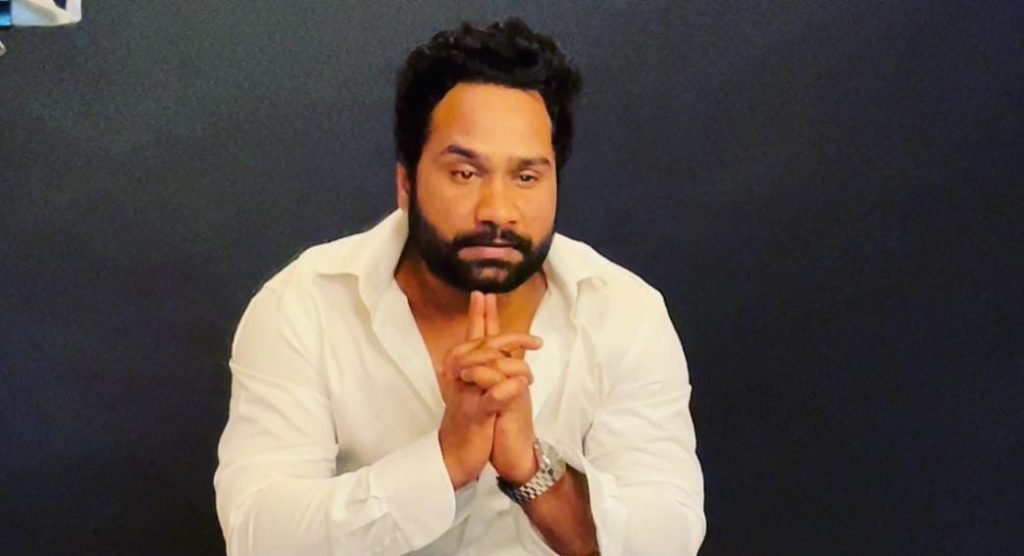Global supply chains
The Australia-based organisation measured slavery conditions using interviews of survivors collected through nationally representative household surveys of 75 countries (conducted between 2017 and 2021), and assessed national-level vulnerability. Different variables defined a nation’s vulnerability: such as political instability, inequality, lack of basic needs, criminal justice mechanisms, internal conflicts and displacement.
While world leaders in 2015 adopted a goal to end modern slavery, forced labour and human trafficking by 2030, “the significant increase in the number of people living in modern slavery and stagnating government action highlight that this goal is even further from being achieved”, the report said. The increase of 10 million people is due to compounding crises — “more complex armed conflicts, widespread environmental degradation, assaults on democracy in many countries, a global rollback of women’s rights and the economic and social impacts of the COVID-19 pandemic”. Forced labour exists in all countries and is “deeply connected to demand from higher-income countries”.
What is interesting, says Sandeep Chachra, executive director of ActionAid India, is the “disaggregated data from G20 countries”, highlighting not only the prevalence of forced labour in these regions, but also its manifestations across each point in the global supply chain.
Take the textiles industry, where reports describe conditions of forced and unpaid work, health and safety risks, poor wages, lack of benefits (such as maternity leave) and debt bondage. The “Sumangali” scheme in Tamil Nadu, for instance, was previously criticised for trapping women and girls from marginalised locations into working in exploitative conditions in spinning mills. “Today G20 countries are collectively importing $148 billion worth of apparel goods and $13 billion worth of textiles at risk of being produced by forced labour every year,” the report notes.
Similarly, “at risk” products include gold, electronics, palm oil and solar panel — where the motivation to reduce costs and meet global demand creates conditions of “forced labour, trafficking, and the worst forms of child labour”.

Source: Walk Free Foundation
“It is important to recognise that the situations of modern slavery are by no means transient – lasting years, and in cases of forced marriage, a life sentence. This… is important from the point of bringing this into the global policy and action discourse, including at the G20 table,” says Mr. Chachra. He adds that India has stated an “ambition” to accelerate integration of MSMEs in global trade, promote labour rights and secure labour welfare, among other objectives, and as such can work to leverage its status.
“While [India and China] have seen immense growth, which has seen increase in manufacturing and exports from these two countries, both of them also constitute a substantial market for western companies and corporations. The two countries can use this leverage in trade negotiations and ensure that companies do not have dual standards of rights for workers in the opposite end of the supply chains,” Mr. Chachra says. “To fight modern slavery practices, we need south-south cooperation which can end the race to the bottom of labour rights for attracting foreign investments.” This involves more transparency in value chains, social security for workers at all stages, and holding corporations accountable in multilateral and bilateral free trade agreements.
Forced labour has colonial footprints which need not only erasure for future but also just reparations for the damages of the past.”Sandeep Chachra,Execute Director, ActionAid India
The Walk Free report recommends implementing stronger measures and legislations that prevent governments and business from sourcing goods and services linked to modern slavery. Other suggestions include embedding anti-slavery measures in climate change sustainability plans, providing primary and secondary education to children and tightening regulations around forced and child marriage.
India’s stance on modern slavery
India passed the Bonded Labour Abolition Act of 1976 that prohibits the practice of bonded and forced labour, and identifies responsibilities of State Governments to form vigilance committees. The Act was amended in 1985 to include contract and migrant workers. India also has a Central scheme for Rehabilitation of Bonded Labour, one part of which includes providing financial assistance to the rescued individual (the 2016 amendment increased the amount of funds).
The Supreme Court has previously ruled that non-payment of minimum wages amounts to “forced labour” under Article 23 of the Constitution.
However, activists have noted problems with implementation of laws due to corruption, apathy, legal loopholes and lack of political will. The 1976 Act, for instance, is used to criminalise offenders but is “neither the best way to address exploitation nor to achieve SDG 8.7 [ending forced labour and modern slavery] as it often ends up hurting the very poor and vulnerable sections of society that it is meant to protect”, a collective of 50 people wrote in a 2017 letter to the government. Some have also expressed concern that India’s new Labour Codes (which are yet to be implemented) may give “legal sanction” to forced labour by extending work hours and diluting social security of people working in the organised and unorganised sector.
There is also a need to property identify and ennumerate people stuck in modern slavery conditions. States like Tamil Nadu have initiated plans to conduct a survey; India’s last national survey of bonded labour was done in mid-90s.
Moreover, rehabilitation of bonded labourers is marred with documentation challenges. The financial aid offered is also largely inadequate ₹30,000, and doesn’t touch upon providing education or job security. Mr. Chachra also notes financial aid is delayed or never started — because the offender needs to be legally convicted for rehabilitation to take effect. “We need to de-link prosecution of those accused of enforcing forced labour from the process of rehabilitation.”
Experts say rehabilitation should take precedence as climate crisis is pushing millions of people into precarious situations by making resources scarce, increasing poverty and restricting access to health and education. Growing evidence shows indigenous communities and those engaged in fishing and agriculture in States like Odisha and West Bengal have become victims of debt bondage, human trafficking and mass displacement — and thus deserve adequate compensation.
Strong legislations and accountability of G20 nations must be balanced with empowering the “protagonists of vulnerable communities” who live and work in precarity, says Mr. Chachra. The road to preventing forced labour goes through “rights of access to public goods which include food, shelter, education and health and the right to access to global commons and decent work”. Source the hindu








